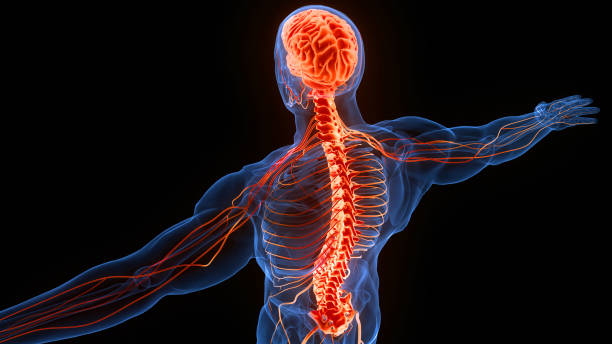
Depression is a chemical mood disorder that affects our Physiology. It impacts our ability to function properly at work, in education, family life and the environment. It damages lives and its tentacles are far reaching.
An abundance of evidence shows clearly that three main areas cause depression. This is not within our genes, but rather stems from biology, psychology and social factors. These social factors are contagious, as we interact with depressives, we pick up and incorporate the negative feelings of their energy. It can leave us with feelings of heaviness within ourselves.
From the study of epidemiology revealing factors indicate, according to the World Health Organisation (WHO), in 2004 depression was the 4th biggest cause of human suffering and disability after cancer, heart disease and traffic accidents. They predicted that by 2020 depression numbers would rise to becoming the second biggest factor of human suffering. By the end of 2013 it was declared the number one factor of suffering throughout the global demographic group and was showing no signs of decreasing whatsoever.
The largest group of suffering was found among the ages of 25- to 44-year-olds. Frighteningly, the fastest growing group is children due to social media mobile phones being the number one culprit.
How does depression leave people feeling?
Fatigue, tiredness and brain fog.
Feeling isolated.
Shame of not feeling able to cope.
Feelings of failure and inadequacy.
Reluctance to reach out for help and fearing you may be told to pull yourself together.
Chronic feelings of overriding negativity, leading to apathy and loss of positivity.
Rumination of whether you’ll to return to your normal self.
Fearing moments of uncontrollable overwhelming emotions, whilst being in company.
Concern of being unable of control of mood swings.
Frightening feelings of wondering if life is worth continuing with.
The way forward
Antidepressants will not cure depression but can kick start the way to recovery. There isn’t a best approach for depression as it is a very individual thing as each of us are uniquely different. Recovery, therefore, needs to be based on how we deal with our vulnerabilities and in the way we self-manage our depression. This determines the best way forward for us. Undeniably, self-care must be the order of the day for each and every one of us to maintain a comprehensive healthy life and lifestyle.
With each of us waging war on negative thinking or trash can thinking as I call it, we aim to combat being a prisoner stuck in our own head of internal negative thoughts instead of living in the real world out of our own heads among others – with rational external thinking patterns.











